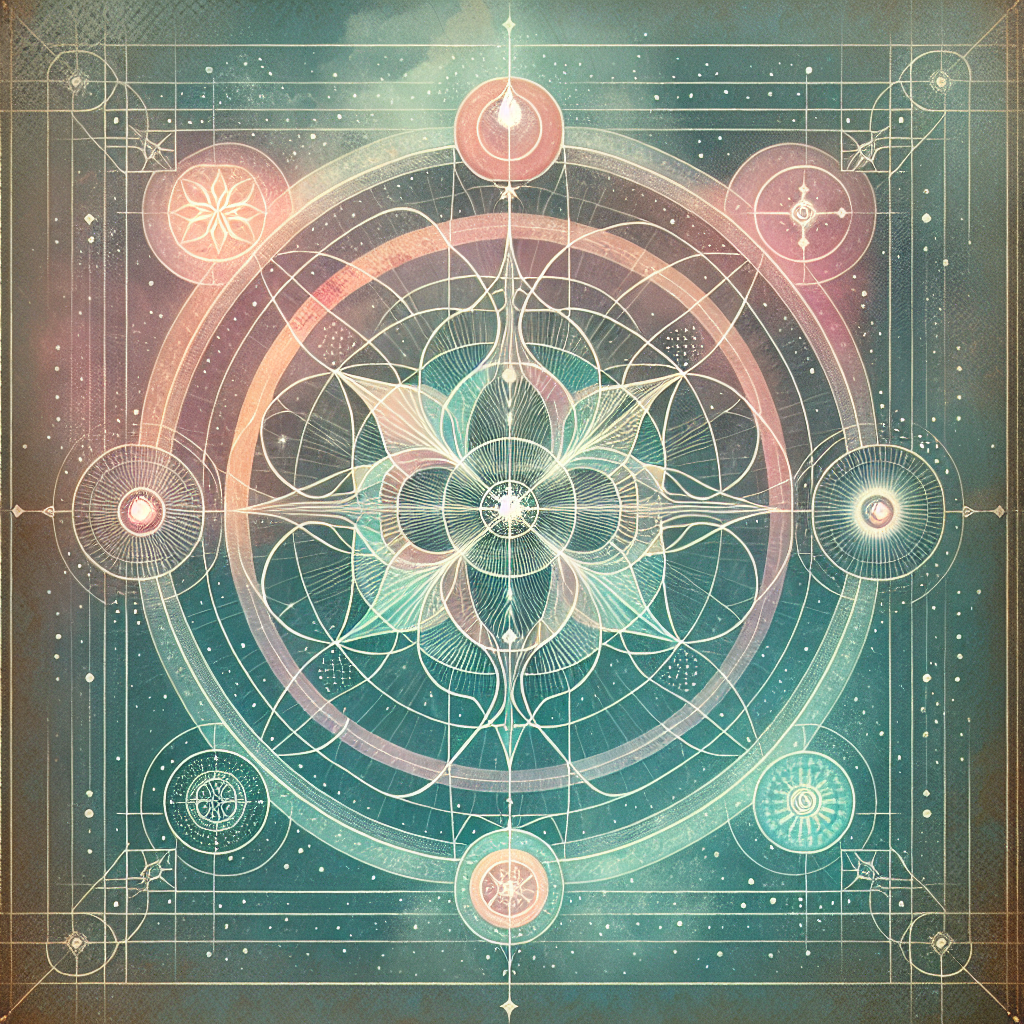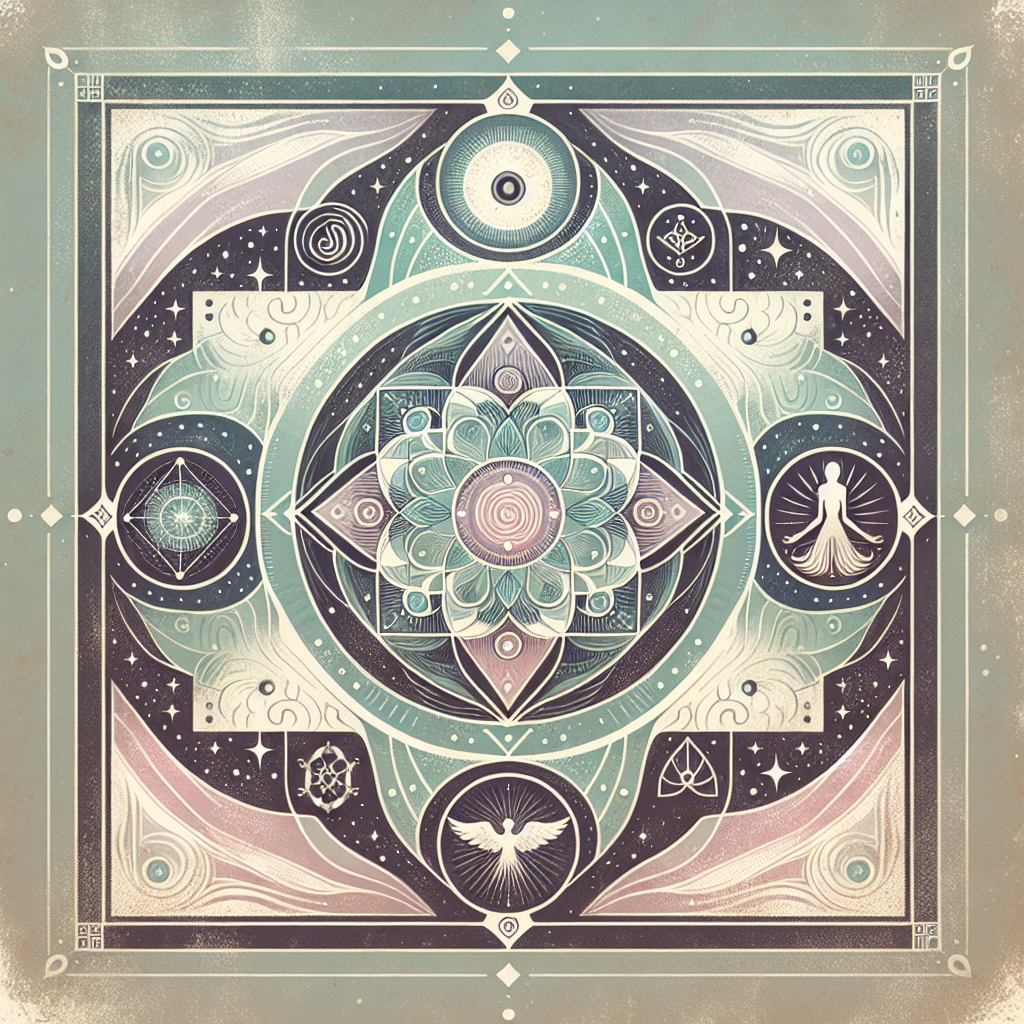
Introduction
The “Akashic Records” (also called Akashic record/records; cf. German Akasha-Chronik “Akasha Chronicle”) are a modern esoteric idea said to preserve a complete “cosmic memory” of events, thoughts, and intentions. The term connects to the Sanskrit ākāśa (आकाश), usually translated “space” or “ether,” but the specific notion of consultable “records” emerges in late-19th- and early-20th‑century Western occultism, especially Theosophy and, later, Anthroposophy, and is echoed in strands of New Age spirituality. The idea invites a sense of mystery while remaining firmly situated within modern esoteric discourse. [1][2][3]
The Basic Idea
In its standard formulation, the Akashic Records are described as a nonphysical archive imprinted upon “Akasha” or the astral light, containing the history of the cosmos as well as human actions, thoughts, and emotions. Proponents claim that trained sensitives—often styled clairvoyants, mediums, or spiritually adept readers—can access these files for information about past lives, present dilemmas, or possible futures. The conceptual core was systematized within Theosophy, which taught subtle planes of reality and an esoteric psychology enabling extraordinary cognition. [1][3]
Although the vocabulary borrows from South Asian traditions, scholarly reference works caution that ākāśa in classical Indian sources primarily denotes “space/ether” as a cosmological or ontological category—not a ledger of moral or historical facts. The “records” idea is a modern synthesis rather than a direct transplant from Sanskrit materials. [2]
How It’s Supposed to Work
Accounts from the Theosophical and Anthroposophical milieu outline several routes to the Akashic Records: deep meditation, trance, clairvoyant “reading,” or ritual disciplines intended to refine perception of subtle planes. Theosophical literature framed Akasha as a pervasive medium through which thoughts and deeds leave durable “impressions,” theoretically retrievable by adepts. [1][3]
Within Anthroposophy, Rudolf Steiner (1861–1925) popularized the claim that historical episodes invisible to normal scholarship could be reconstructed through “Akashic” research; his lectures on a “Fifth Gospel” (1913–1914) exemplify this approach and helped standardize the language of reading a cosmic chronicle. Academic surveys treat this as part of a broader Anthroposophical method rather than a historiographic tool accepted by mainstream scholarship. [3]
In the United States, Edgar Cayce (1877–1945) became the best-known figure to reference the Akashic Records in trance “readings,” combining medical, spiritual, and historical claims. A scholarly monograph from a university press situates Cayce’s work between late‑nineteenth‑century esotericism and later New Age spirituality, and critically assesses the reliability of such trance-derived information. [4]

Where It’s Used & Applied
- Spiritual counseling and divination: The Akashic Records are invoked in readings about life purpose, relationships, and vocational choices. Theosophical and successor movements framed this as a moral-educational guidance system tied to karma and soul development; for some participants, sessions function as a kind of revelation about life patterns. [1][3]
- Esoteric historiography: Anthroposophical literature reports reconstructions of prehistoric cultures (e.g., Lemuria, Atlantis) or alternative accounts of religious history, derived from Akashic “research.” These are influential within those communities but are not recognized as historical method by academic historians. [3]
- Healing and personal transformation: In the 20th century, Akashic readings were sometimes linked to holistic health or psychological insight—especially in contexts of New Age spirituality. Scholarly evaluation of Cayce’s corpus, for example, highlights both its cultural impact and significant problems of verification; robust clinical evidence for therapeutic efficacy remains lacking. [4]
What We Know Today
- Terminology and origins: Reference works on Hinduism define ākāśa as “space/ether,” sometimes as the substrate of sound in Nyāya‑Vaiśeṣika, or as a cosmological expanse in the Upaniṣads. None of these classical meanings specify a documentary archive of every act or thought. The modern “Akashic Records” idea is therefore best understood as a Western esoteric reinterpretation of an Indian philosophical term. [2][3]
- Historical development: Encyclopaedias and academic handbooks agree that the Records concept crystallized in Theosophy and spread through related currents (Anthroposophy; later New Age spirituality). It promises universal memory accessible through extraordinary cognition, aligning with the Theosophical emphasis on hidden wisdom and subtle planes. [1][3]
- Evidence and epistemology: From a research standpoint, claims about accessing a cosmic archive face two problems: testability and independent corroboration. Critical scholarship on Cayce—a central 20th‑century exemplar—finds that trance material often reflects the expectations or knowledge of questioners and contains historically problematic assertions; where medical or psychological advice overlaps with then-emerging ideas, causation and accuracy are difficult to disentangle. Overall, there is no recognized empirical method for verifying Akashic readings, and mainstream science does not treat the Akashic Records as an ontological entity. When health-related claims arise, it should be noted that robust clinical trials supporting Akashic-based therapies are absent. [4][1]
- Cultural significance: Despite evidentiary limitations, the Akashic Records idea has been durable because it offers a comprehensive moral-cosmological framework: nothing is lost; meaning and accountability are woven into reality; and personal crises can be reframed as readable episodes in a larger soul narrative. Scholars of Western esotericism therefore study the Records as an influential myth of knowledge and memory within modern metaphysical religions. [3]
Sources
[1] Encyclopaedia Britannica, “Akashic record,” 2024. Concise overview of the concept within occultism and its claims about universal memory and access. https://www.britannica.com/topic/Akashic-record
[2] W. J. Johnson, A Dictionary of Hinduism (entry: “ākāśa”), 2009/online 2024. Defines classical meanings of ākāśa in Indian philosophies, clarifying differences from “records.” https://www.oxfordreference.com/display/10.1093/oi/authority.20110803095358814
[3] Olav Hammer and Mikael Rothstein (eds.), Handbook of the Theosophical Current, Brill, 2013. Academic-press survey of Theosophy and related currents, including Steiner and later developments. https://brill.com/display/title/22123
[4] K. Paul Johnson, Edgar Cayce in Context: The Readings—Truth and Fiction, SUNY Press, 1998. University-press monograph critically assessing Cayce’s trance readings and their reliability. https://sunypress.edu/Books/E/Edgar-Cayce-in-Context